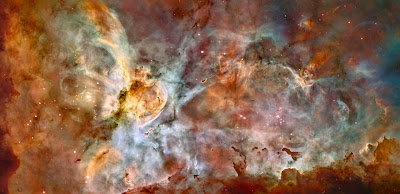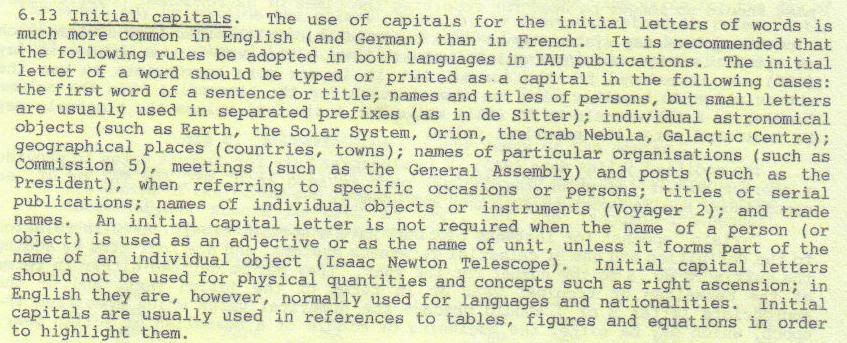 In August of 2006, the International Astronomical Union (IAU) made a textbook altering decision. The IAU is the main naming and definition-making organization in the astronomical community. After much debate and discussion, scientists at the IAU meeting collectively decided that Pluto's planetary title would be removed, and it would be labeled as a dwarf planet.
In August of 2006, the International Astronomical Union (IAU) made a textbook altering decision. The IAU is the main naming and definition-making organization in the astronomical community. After much debate and discussion, scientists at the IAU meeting collectively decided that Pluto's planetary title would be removed, and it would be labeled as a dwarf planet.While some people applaud the IAU's decision, others refuse to accept it. The decision was made in 2006, and although people know Pluto is not a planet, most people fail to understand why Pluto is not a planet.
 The common belief is that the IAU simply stripped Pluto's planet status. However, in reality, the IAU just issued a new set of requirements that would define if an object were a planet or not. Pluto failed to meet these new requirements. Pluto is not a planet because it does not meet all of the criteria that it takes for an object to be labeled as a planet.
The common belief is that the IAU simply stripped Pluto's planet status. However, in reality, the IAU just issued a new set of requirements that would define if an object were a planet or not. Pluto failed to meet these new requirements. Pluto is not a planet because it does not meet all of the criteria that it takes for an object to be labeled as a planet.The IAU stated that a celestial body must meet the following conditions to be called a planet:
- Orbits the Sun - The object should be orbiting the Sun. It cannot be orbiting another planet, or another object. It can only be a satellite of the Sun.
- Be a sphere - The object's 'self-gravity' should be strong enough that it smooths out any (major) bumps or ridges to become a mostly spherical body.
- Cleared its orbital neighborhood - There should not be any other bodies in the object's orbit. During the object's formation, it should have absorbed and cleaned out any debris in its orbit (with the exception of moons, because moons are gravitationally 'caught').
- Compared to Pluto, Pluto's moon Charon, is pretty large because it is only about half Pluto's size. Both objects orbit a common center of gravity, but Pluto orbits this center of gravity at a much close distance than Charon, so that's why Charon is considered Pluto's moon.
- For every three times Neptune orbits the Sun, Pluto orbits it only twice. This is called a 3:2 orbital resonance. In addition, there is a whole category of objects that do exactly this; they're called Plutinos. Pluto is also a Trans-Neptunian Object (TNO) and these objects orbit the Sun at a farther distance than Neptune does.
- Pluto is also on the borderline of a region in our Solar System known as the Kuiper Belt where many icy bodies (both big and small) orbit the Sun at a very large distance.

Image Credits: IAU, The IAU Votes; NASA, Pluto's newly discovered Moons; Wikimedia, the New Solar System.
Additional Resource: AstronomyCast: Pluto's Planetary Identity Crisis (Why Pluto isn't a planet)
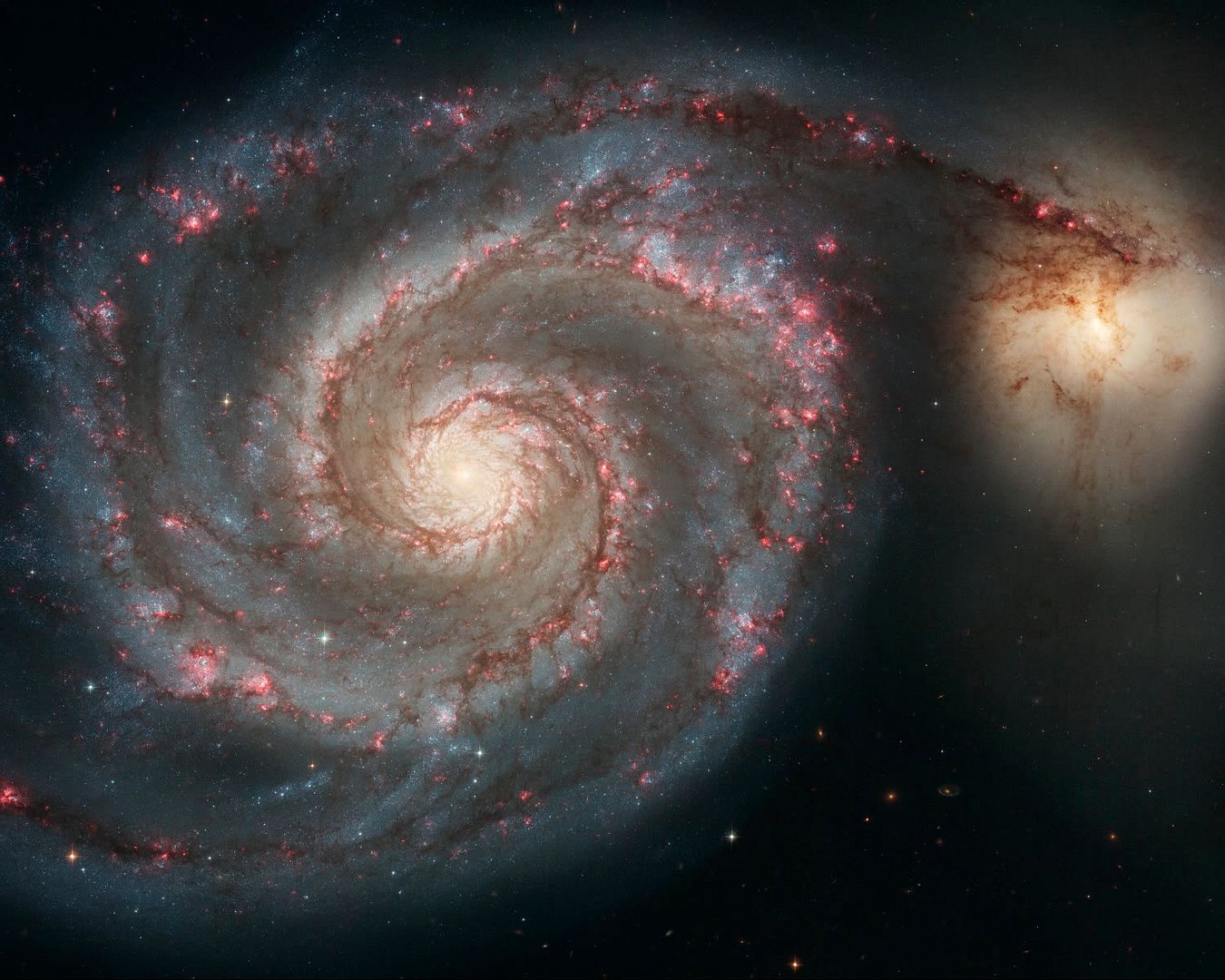
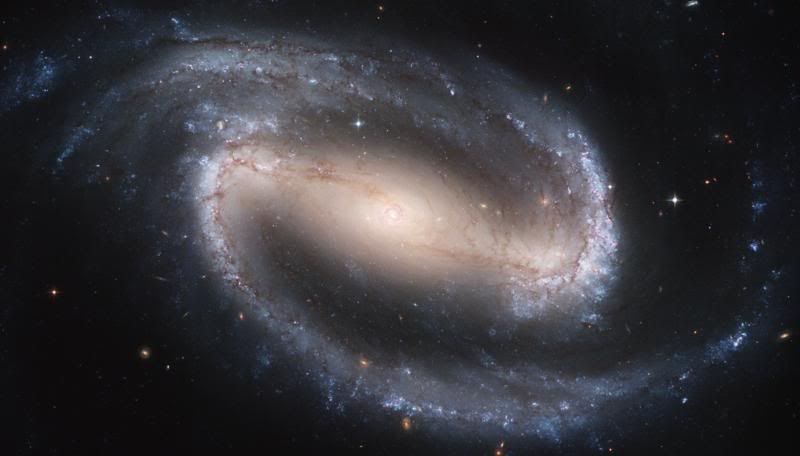
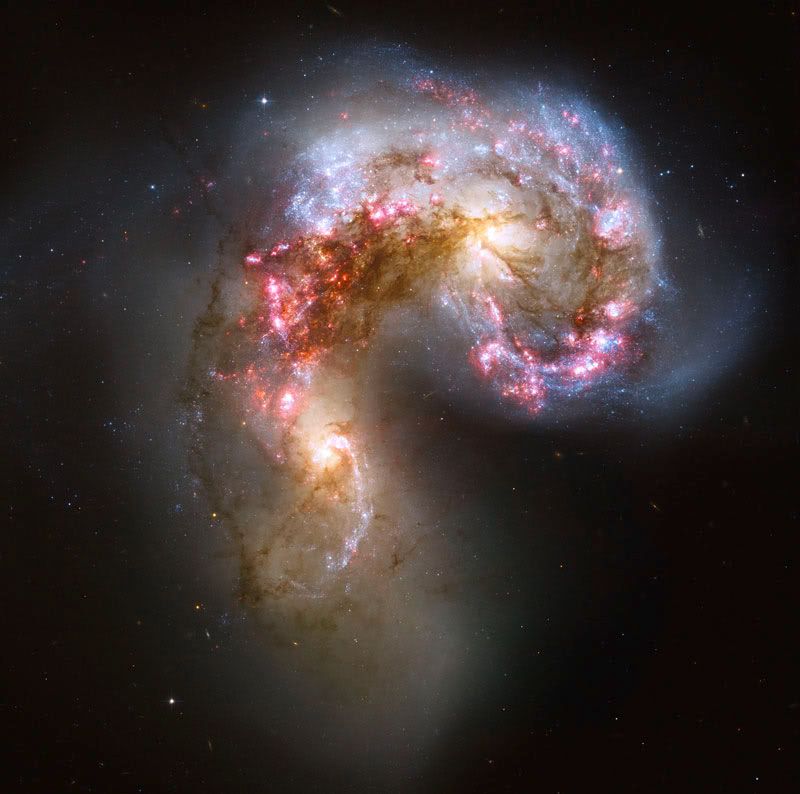
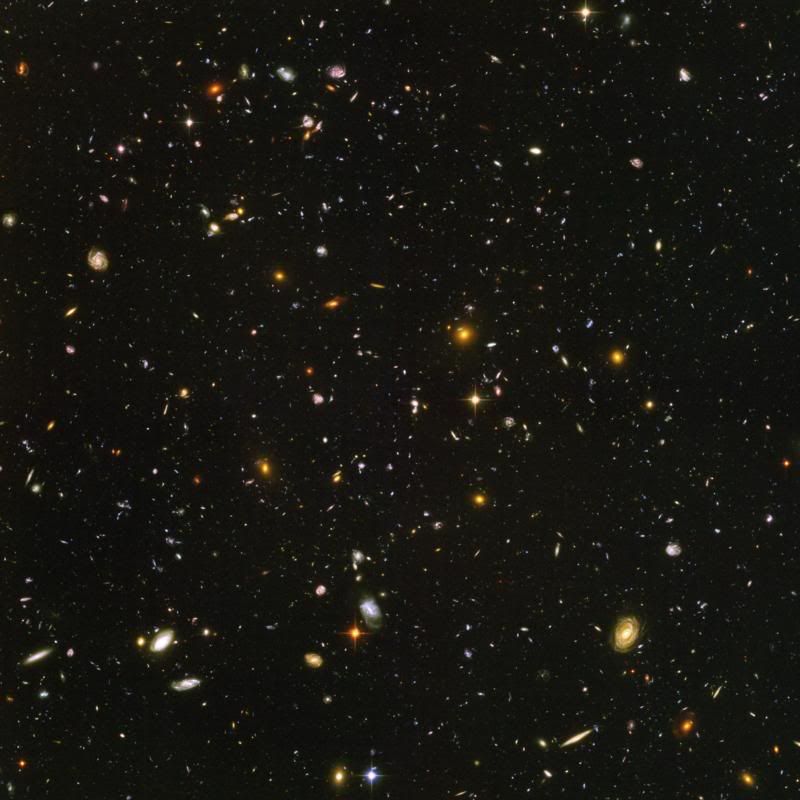
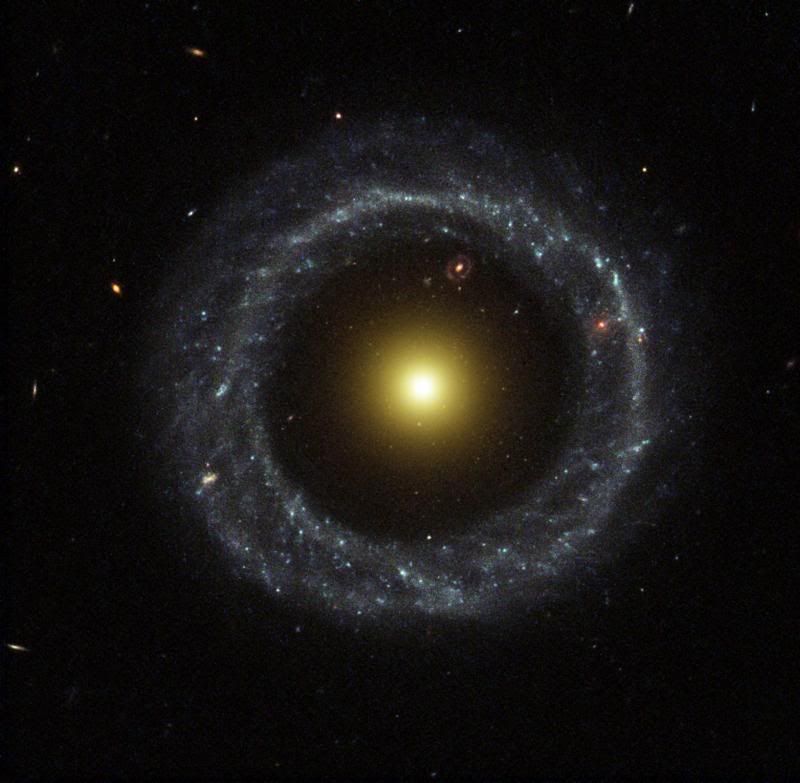
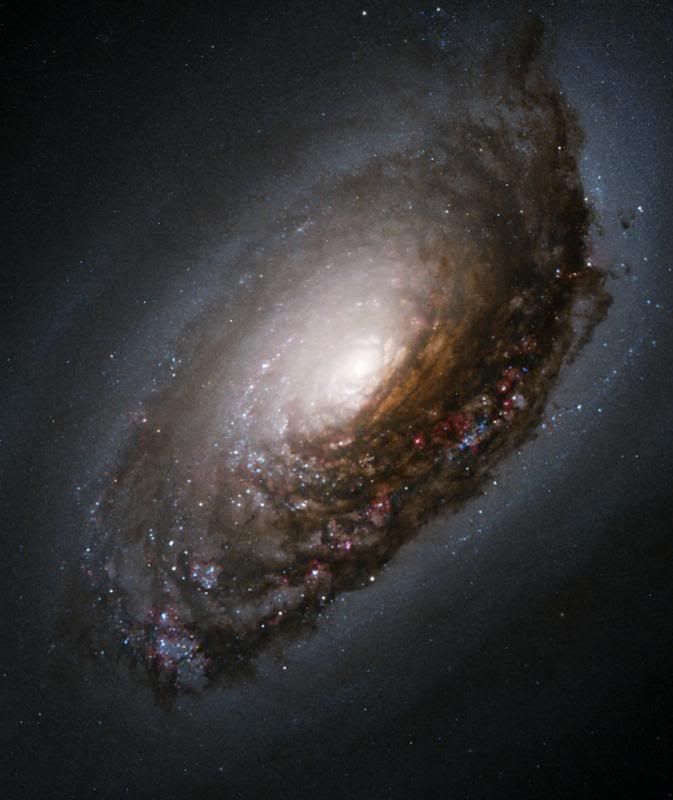
 Above: A Perseid fireball photographed August 12, 2006, by Pierre Martin of Arnprior, Ontario, Canada
Above: A Perseid fireball photographed August 12, 2006, by Pierre Martin of Arnprior, Ontario, Canada



